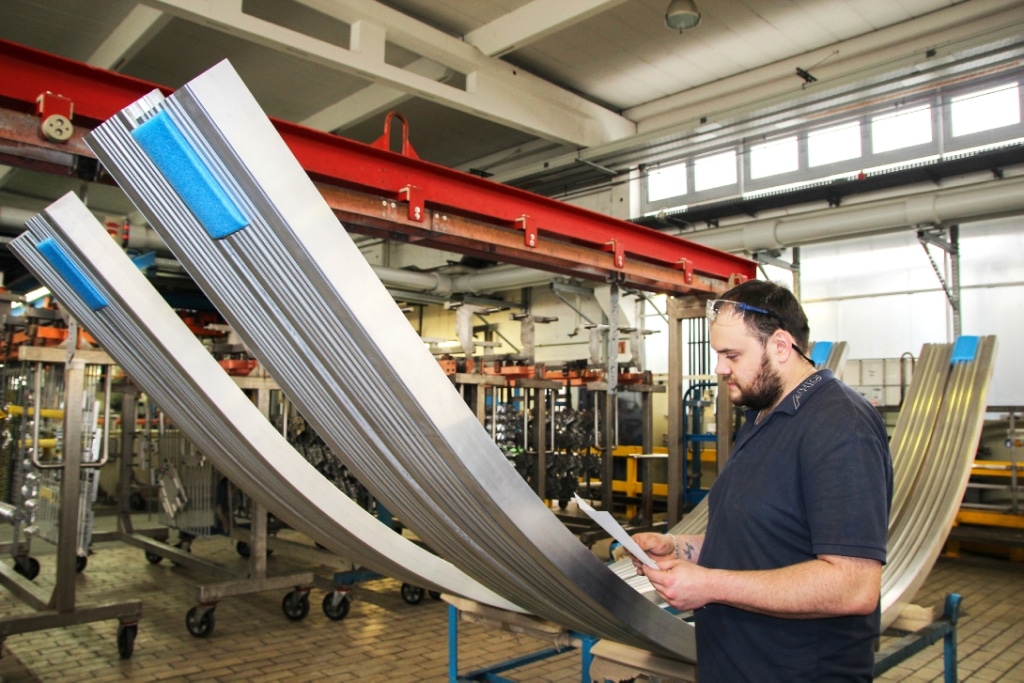process for the darkening of ferrous materials
burnishing
what is burnishing?
The term burnishing means a process for the darkening of mainly ferrous materials, such as cast iron and wrought iron, unalloyed or alloyed steels.
The most frequently used variant is dip burnishing. For this process, the iron and steel pieces are dipped in highly concentrated, boiling, alkaline, oxidizing salt solutions, generating very dark iron oxide layers on their surfaces. The shade of black being determined by the material quality, the surface treatment and the type and condition of the burnishing bath. This process is mainly used to give workpieces an attractive appearance and to increase their corrosion resistance, while maintaining their dimensional stability.
burnishing
Burnishing describes a form of surface refinement in which a black protective layer (iron oxide FE3O4) is formed. This is supposed to prevent the corrosion of ferrous surfaces. The result is not a coating of the surface, but a chemical reaction of the base material. For this purpose, the material is immersed in different baths. First, the surface is cleaned and degreased and optionally further prepared. The actual burnishing bath sequence then takes place. It usually consists of 1 to 3 levels. Finally, the material is rinsed and preserved.
Burnishing is an alkaline process. A maximum temperature of less than 150 ° C is achieved. That means the burnishing temperature is well below the tempering temperature. Since the material is completely immersed in the baths, it undergoes a complete surface treatment. It is important that the component is made entirely of materials that can be burnished.
fields of application of burnishing
This process is mainly used to give workpieces an attractive appearance and to increase their corrosion resistance, while maintaining their dimensional stability.
The properties are:
- Deep black coloring
- Maximum dimensional stability
- Smooth appearance, matching the substrate
- Largely resistant to bending, abrasion and heat
groundbreaking industries we serve
process locations
Any questions? Contact us directly or select a process location near you.
